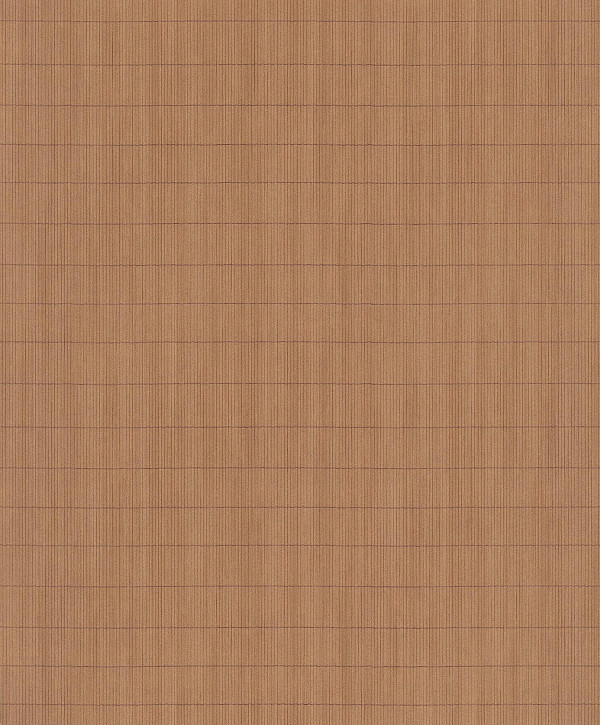


This is how much the vegetation is stressed. We are also moving into a fire propagation model, or fire spread forecast models, to say, ‘Well, this is the current condition of the vegetation. And often what’s being used in wildland fire and even what I see in private industry, is the reliance on a set of satellites, and these are coarser satellites. How does the tool that you’ve developed compare to a lot of the developments in the private sector, with startups and that kind of stuff?Ĭoleman: What we’ve developed is really a little bit unique, I would say, in being able to harvest data from multiple satellites, very high-resolution satellites. McCarty Carino: It seems there’s a lot of action in this space of digital mapping and kind of predictive intelligence tools to predict wildfires, floods, things of this nature. But the speed of social media keeps coming in, so we can use that to help inform. In cases like hurricanes and floods, we don’t always have imagery when we need it. That’s a process that is really about two things: one is to validate our satellite imaging collections, but also to help fill in gaps. We’re using deep learning technologies to extract information out of those photos, understand what’s being seen in that photo, and then be able to translate that in the mapping space. The idea is that we can take social media photos, curate those, validate where those photos were taken, and then extract information. The broader capability of RADR, for short, really works towards all hazards, so whether this is hurricane, flood, or tornado, or earthquake, tsunami, or what have you, and in that broader capability, that’s where we’re building in the social media aspect. Say a person is near a fire and they tweet a picture, how does that get used?Īndre Colman (Courtesy Pacific Northwest National Laboratory)Ĭoleman: So this capability that’s referred to as Rapid Analytics for Disaster Response, what we’re talking here is the wildfire component of that. Meghan McCarty Carino: I understand your team also looks at imaging from other sources, like social media for real-time images of a disaster. It’s about being able to effectively deploy resources in the right places, to protect resources like critical infrastructure, community structures, so forth, that are out there. So, being able to increase the frequency with which we can collect data, provide those analytics, ultimately translates into more effective fire management. The following is an edited transcript of our conversation.Īndre Coleman: Right now, for most fires, you have imaging aircrafts that image these fires, and that’s typically done at night. He says the system, which launched in May of this year, is faster and more precise than the traditional way of mapping fires. Increasingly, technology is aiding firefighting efforts like this one - from above.Īndre Coleman, a data scientist at Pacific Northwest National Laboratory, helped create a system using data from satellites to analyze everything from vegetation and soil moisture to topography to map the boundaries of a fire and predict what it will do next. There are more than 5,000 firefighters working on the ground to contain it. The Dixie fire in Northern California has spread more than 700 square miles, making it the largest single fire in California’s history.


 0 kommentar(er)
0 kommentar(er)
